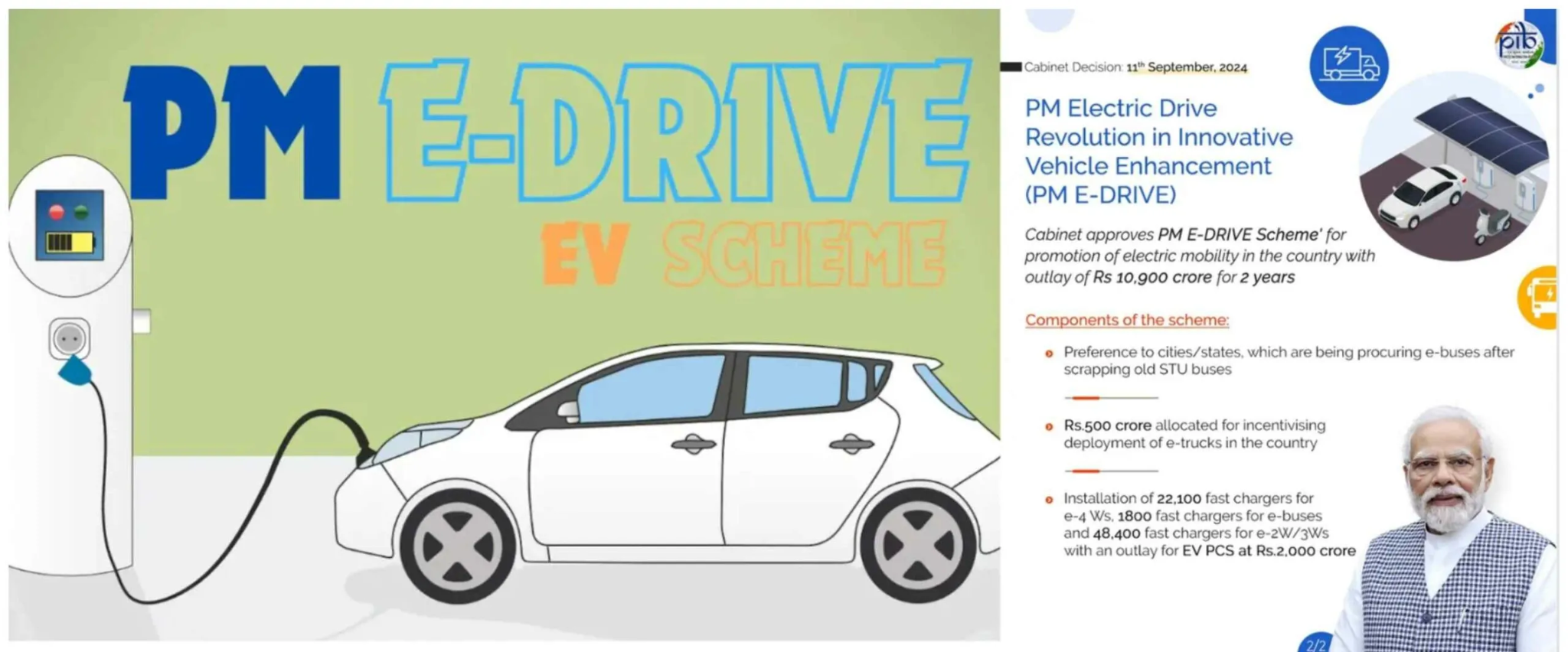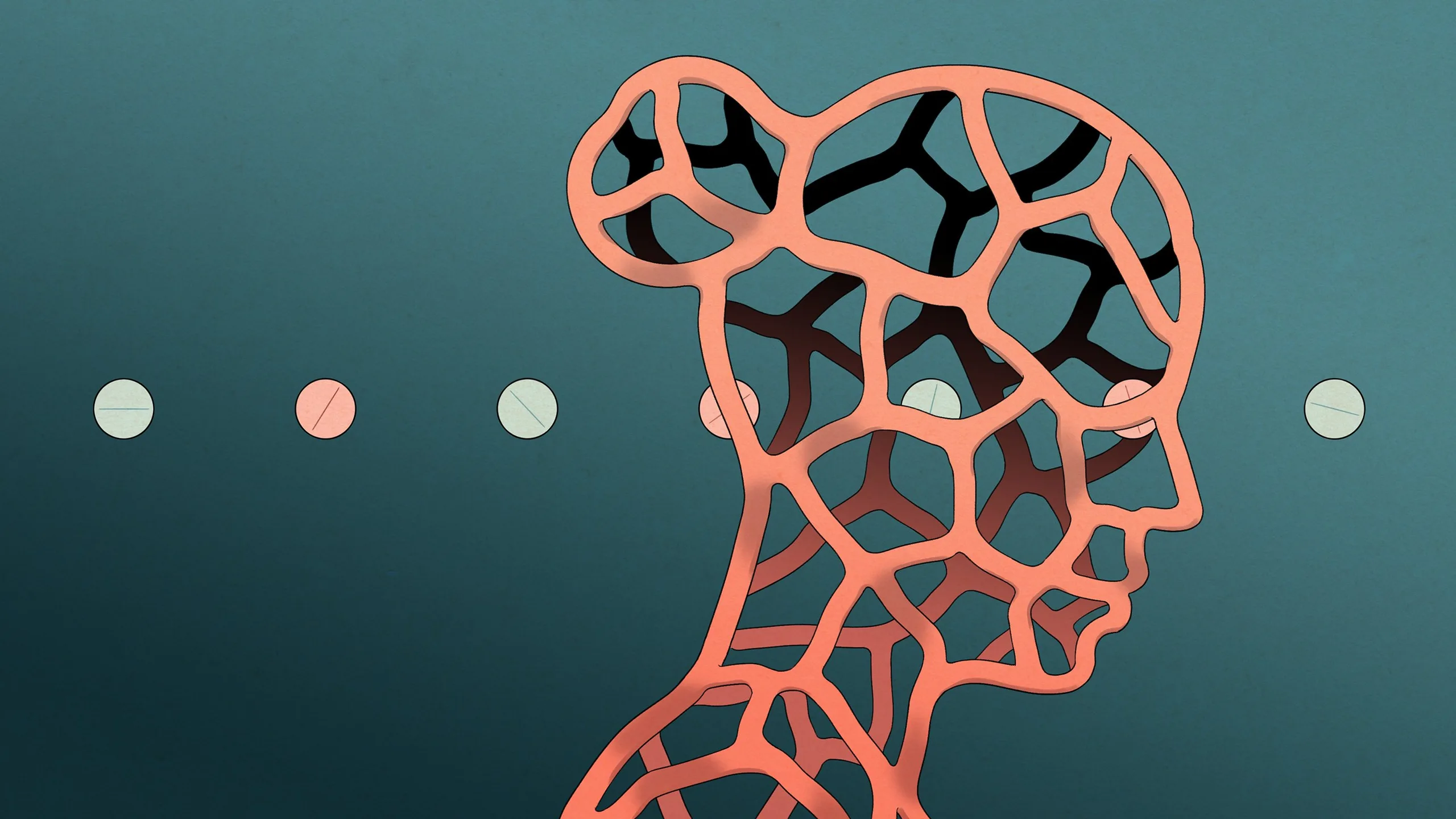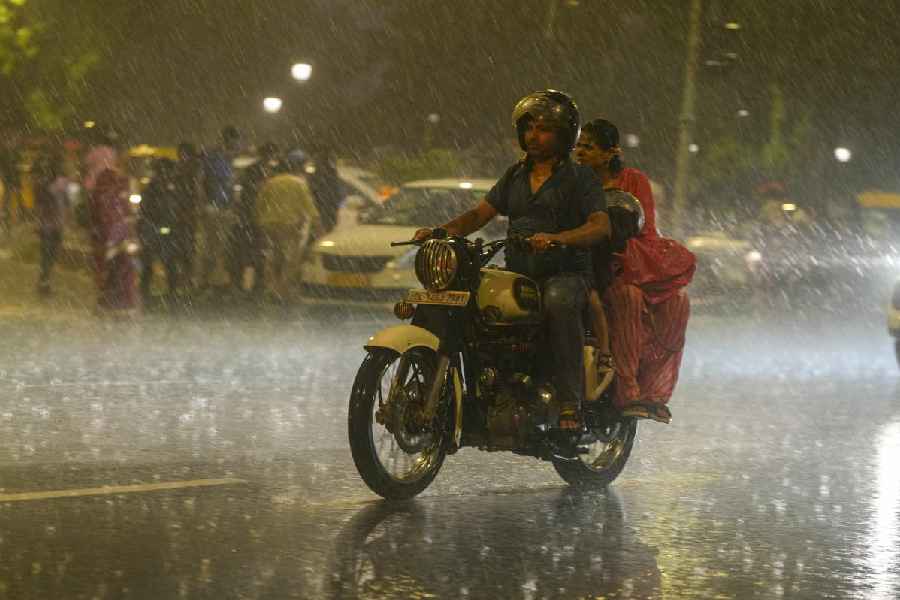- Courses
- GS Full Course 1 Year
- GS Full Course 2 Year
- GS Full Course 3 Year
- GS Full Course Till Selection
- Answer Alpha: Mains 2025 Mentorship
- MEP (Mains Enrichment Programme) Data, Facts
- Essay Target – 150+ Marks
- Online Program
- GS Recorded Course
- Polity
- Geography
- Economy
- Ancient, Medieval and Art & Culture AMAC
- Modern India, Post Independence & World History
- Environment
- Governance
- Science & Technology
- International Relations and Internal Security
- Disaster Management
- Ethics
- NCERT Current Affairs
- Indian Society and Social Issue
- NCERT- Science and Technology
- NCERT - Geography
- NCERT - Ancient History
- NCERT- World History
- NCERT Modern History
- CSAT
- 5 LAYERED ARJUNA Mentorship
- Public Administration Optional
- ABOUT US
- OUR TOPPERS
- TEST SERIES
- FREE STUDY MATERIAL
- VIDEOS
- CONTACT US
Electric cars excluded from PM E-DRIVE scheme
Electric cars excluded from PM E-DRIVE scheme
24-09-2024

The PM Electric Drive Revolution in Innovative Vehicle Enhancement (PM E-DRIVE) Scheme excludes electric cars from direct subsidies, relying instead on lower GST and other measures to support the electric vehicle (EV) sector.
Overview of the PM E-DRIVE Scheme
- Financial Outlay: ₹10,900 crore over two years, replacing the previous FAME II scheme.
- Scope:
- Provides fiscal incentives for:
- 25 lakh electric two-wheelers
- 3 lakh electric three-wheelers
- 14,000 electric buses
- Electric cars are not eligible for any subsidies.
- Provides fiscal incentives for:
- Additional Provisions:
- Establishment of public charging stations.
- Modernization of testing agencies for green mobility technologies.
Background: The FAME Scheme
- FAME Policy: Launched in 2015 to reduce vehicular emissions and promote sustainable transport under the National Electric Mobility Mission Plan.
- Key Phases:
- FAME I (2015-2019): Focused on incentives for electric and hybrid vehicles, along with charging infrastructure.
- FAME II (2019-2024): Expanded funding to USD 1.19 billion, emphasizing public transport and emission reduction.
Key Facts About the Promotion of Electric Cars
- Impact of Exclusion:
- Sales of electric cars declined by 9% from April to August 2024 compared to the months before FAME II ended.
- Charging Infrastructure:
- Approximately 25,000 public charging stations for 46 lakh registered EVs, leading to a high ratio of 184 EVs per charging station.
Supporting Measures
- Production Linked Incentive (PLI) Schemes: Aim to support the EV sector through incentives for auto components and advanced battery technology, which could lower production costs.
- Lower GST: Electric cars benefit from a 5% GST, significantly lower than rates for hybrid and internal combustion engine vehicles (28% and 49%, respectively).
Current Context and Industry Response
- The PM E-DRIVE scheme emphasizes support for two- and three-wheelers and buses, explicitly omitting electric cars. This aligns with government views that current measures (lower GST, localization schemes, and charging station funding) are sufficient.
- The Minister of Road Transport and Highways indicated that subsidies are no longer necessary due to declining battery costs and economies of scale.
Sales Trends Post-FAME II
- Following the end of FAME II, electric car sales declined significantly, averaging 7,456 registrations per month from April to August 2024, with a low of 6,300 in August, reflecting a 10% decline compared to the previous year.
- The absence of fiscal incentives indicates that the electric car market still requires support to become self-sustaining.
Challenges
- Inadequate Charging Infrastructure: The current charging station ratio is significantly higher than in other countries promoting e-mobility, complicating consumer adoption.
- Many public charging stations are not equipped for electric cars or do not provide fast charging.
Conclusion
The exclusion of electric cars from the PM E-DRIVE scheme raises concerns about future sales and market sustainability. Enhanced infrastructure and supportive measures are crucial for promoting electric mobility and achieving the government’s goal of 30% electric vehicle penetration by 2030.




